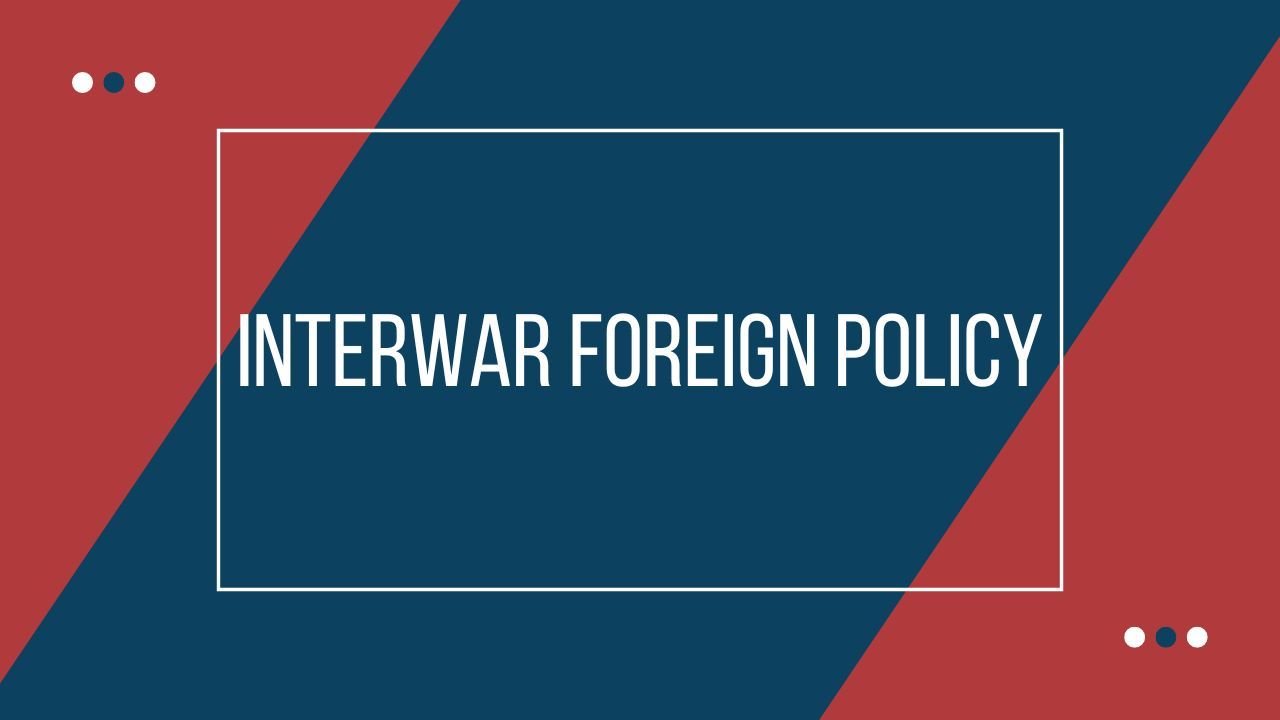AP US History in 1 Minute Daily: Interwar Foreign Policy (Day 245/309)
Mar 09, 2024
Hey APUSHers, let’s chat about Interwar Foreign Policy as part of my series- APUSH in 1 Minute Daily!

America First Rally Flyer, Wikimedia Commons
At the outset of World War II, the United States initially chose a policy of isolationism and neutrality, reflecting a desire to avoid being drawn into another costly and destructive overseas conflict.

U.S. Neutrality, DocsTeach
Believing World War I had contributed to the Great Depression, the Nye Committee investigated the role of arms manufacturers in pushing the U.S. into World War I.

The Answer’s All Ready, Philadelphia Inquirer
In response, Congress enacted the Neutrality Acts, restricting arms sales and loans to belligerent nations. Additionally, the U.S. implemented the cash and carry policy, allowing nations to purchase American goods if they paid in cash and arranged for their own transport.

Lend Lease Graphs, Ibiblio
Then, In 1941, marking a significant departure from neutrality, the U.S. enacted the Lend-Lease Act to provide military aid to Allied nations that were vital to the defense of the United States. Additionally, the federal government imposed sanctions on Japan in response to its invasion of China.
In the interwar period between World War I and World War II, the U.S. sought to maintain a delicate balance between global involvement and domestic interests.
Join me tomorrow as I explain US Entry into World War II in the next APUSH in 1 Minute Daily!
Stay connected with news and updates!
Join my mailing list to receive the latest news and updates from apushladyboss.
Don't worry, your information will not be shared.
I hate SPAM. We will never sell your information, for any reason.
